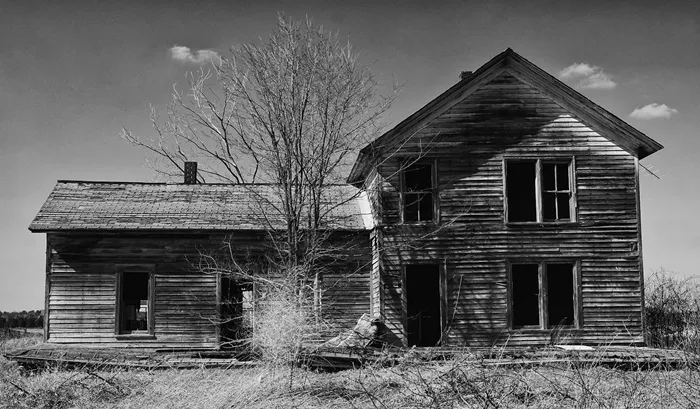Welcome to Poem of the Day – The Old House by Allen Buchanan
Poetry captures feelings, memories, and moments that often cannot be expressed in simple conversation. Today’s featured poem is The Old House by Allen Buchanan. This piece brings readers into a world of memory, decay, and quiet beauty. Through simple yet powerful language, Buchanan takes us on a journey into the past. In this article, we will explore the meaning, structure, and imagery of the poem to understand its deeper message.
The Old House Explanation
Allen Buchanan is known for his reflective and nostalgic poetry. He often writes about themes like time, memory, and human emotion. In The Old House, he reflects on a place that once was full of life but now stands silent and abandoned. The poem speaks to the heart, especially for those who have returned to a childhood home or a place from long ago.
Summary of the Poem
The Old House describes a visit to an abandoned home. The speaker remembers the laughter, voices, and warmth that once filled its rooms. Now, the house is empty. Windows are broken, the paint is peeling, and weeds grow where flowers once bloomed. Despite its broken state, the house still holds a sense of dignity and meaning. It becomes a symbol of the past and the memories that remain even after time has moved on.
Stanza-by-Stanza Explanation
Stanza 1: Introduction to the House
The poem begins with the speaker arriving at the house. There is a quiet stillness in the air. The house stands alone, surrounded by silence. This first stanza sets the mood—calm, quiet, and full of reflection.
Stanza 2: Memory and Contrast
Here, the speaker recalls past events. Children’s voices, family gatherings, and laughter once filled the space. The contrast between the past and the present is strong. Once full of life, now the house is a shell of what it used to be.
Stanza 3: Physical Decay
The third stanza describes the physical state of the house. Cracked walls, creaky floors, and broken windows paint a clear picture. The house is falling apart, but it still stands. This reflects how memories stay even when the physical world changes.
Stanza 4: Emotional Connection
In this stanza, the speaker expresses a deep emotional bond with the house. Despite the damage, the house still feels like “home.” It holds the soul of those who once lived there. The speaker sees beauty in its brokenness.
Stanza 5: Final Thoughts
The final stanza ends with the speaker quietly walking away. The house fades behind them, but the memory stays. It is not just a building—it is a part of the speaker’s heart. The poem ends with a quiet sense of peace and closure.
Themes of the Poem
1. Memory and Nostalgia
The poem centers on the power of memory. Though the house is no longer the same, the memories inside it remain strong. This shows how places can hold emotional meaning.
2. The Passage of Time
Time changes everything. What was once full of joy can become still and empty. Buchanan uses the house to show how time can both destroy and preserve. The house is broken, but it also holds history.
3. Beauty in Decay
Though the house is old and worn down, it is still beautiful. The speaker finds value in its story. The poem teaches us that even broken things can have deep meaning.
Imagery and Language
Buchanan uses simple, clear language. This makes the poem easy to understand but still powerful. The imagery is vivid. We can see the cracked paint, hear the creaking boards, and feel the quiet sadness. These images help the reader connect emotionally.
He also uses contrast. The joy of the past stands against the silence of the present. This makes the poem more touching and real.
Tone and Mood
The tone of the poem is reflective and gentle. There is no anger or regret—only quiet sadness and love. The mood is calm, like a peaceful walk through an old place. It invites readers to pause and think about their own past.
Why This Poem Matters
The Old House touches on something many people feel. We all have places that meant something to us once. We may visit them again and see that time has changed them. But the feelings stay. This poem reminds us that memory is powerful. Even when things are lost, the love we felt is not gone.
Conclusion
Allen Buchanan’s The Old House is a gentle, moving poem. It speaks about time, memory, and the quiet beauty of places we once called home. Through simple words and deep emotion, the poem leaves a lasting impression. It teaches us to value not just what we see, but what we remember. The house may be old and broken, but in the heart, it still stands strong.

